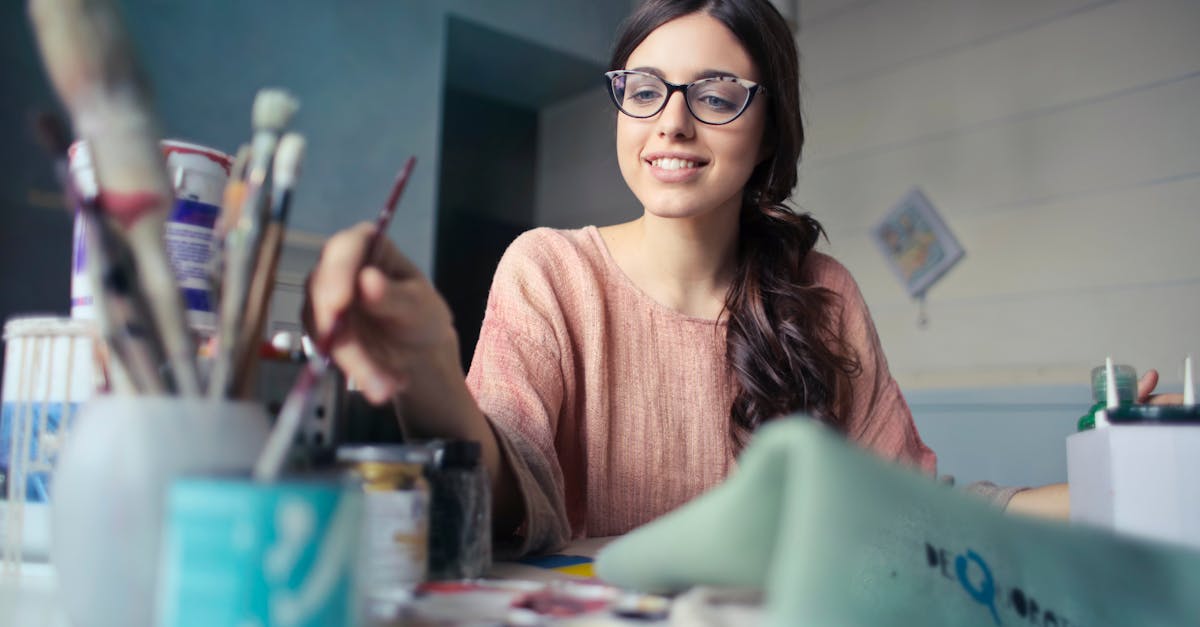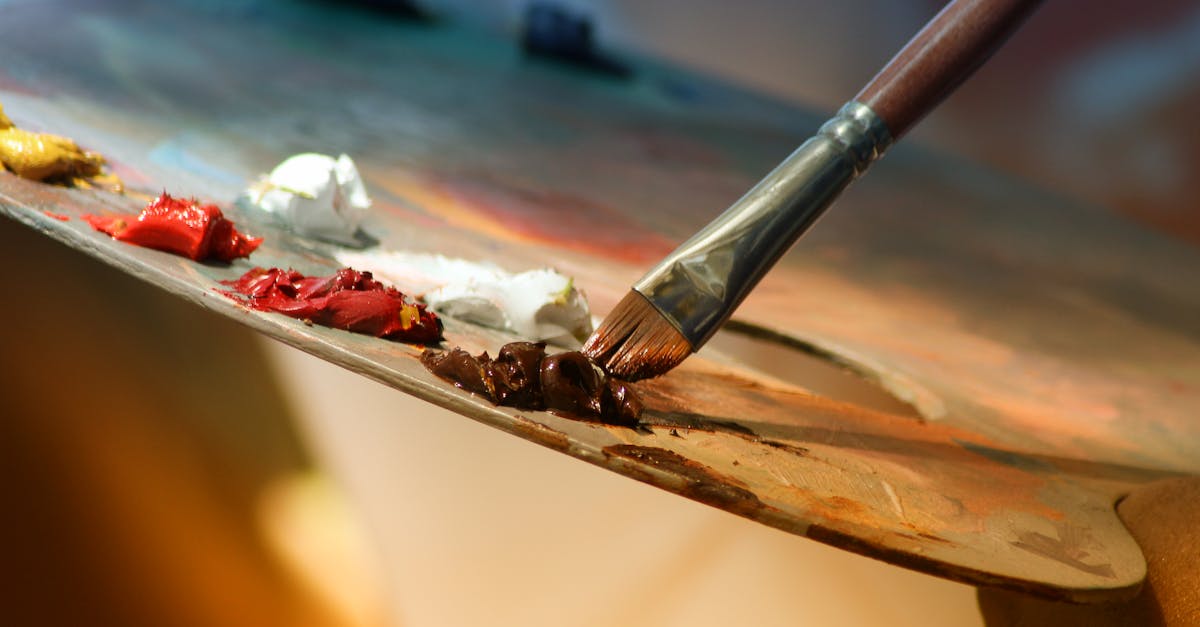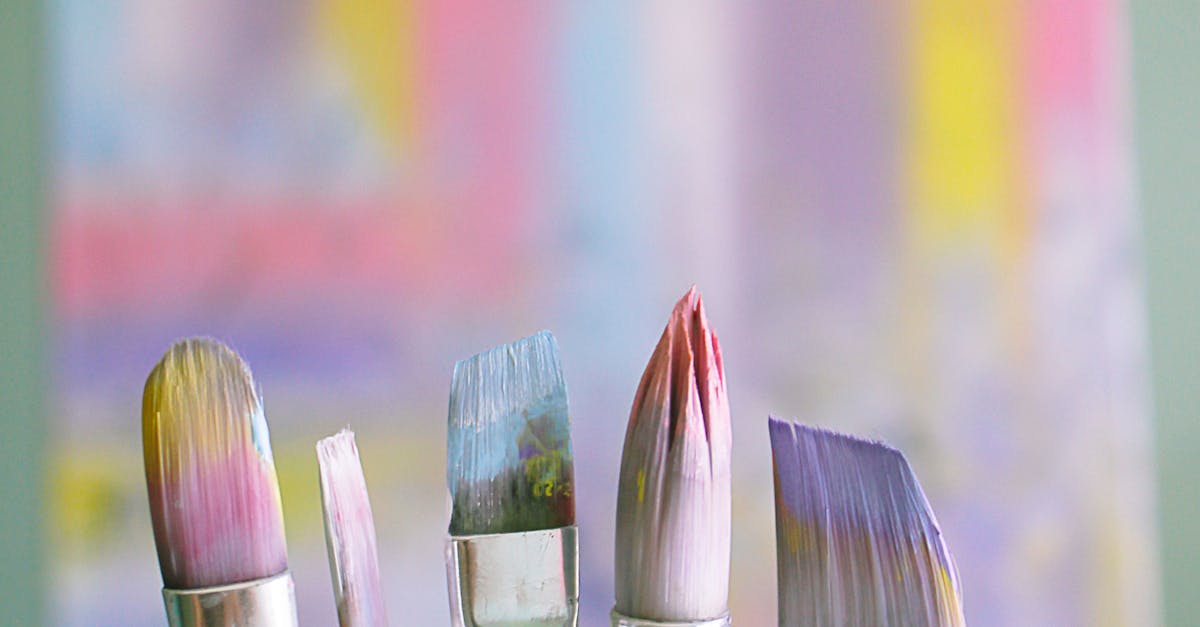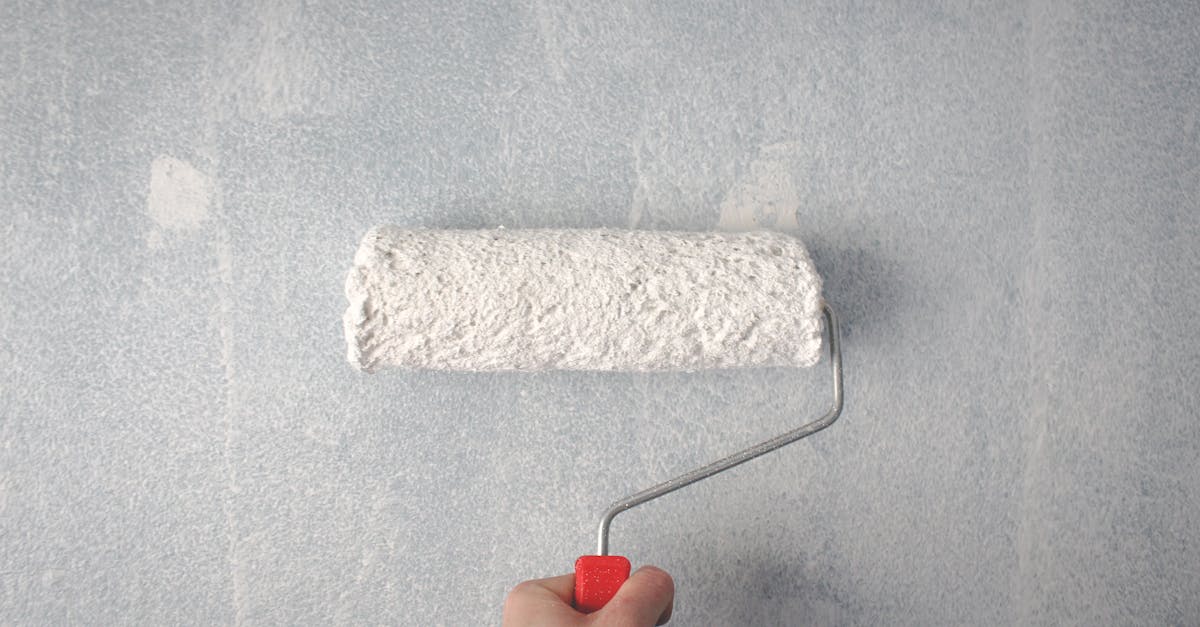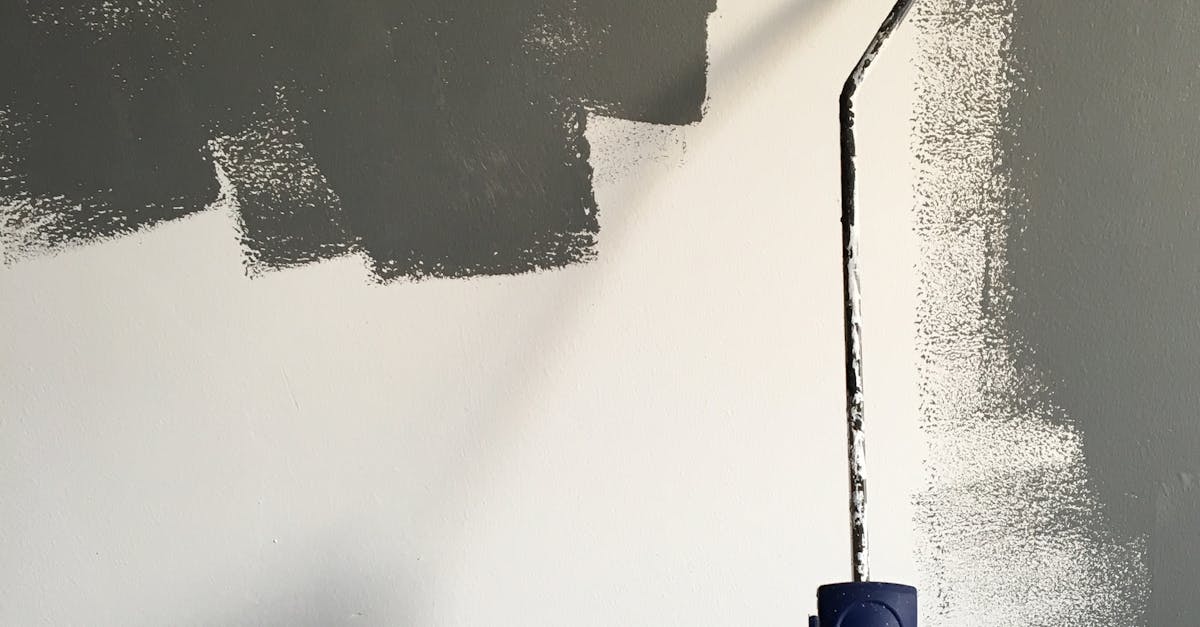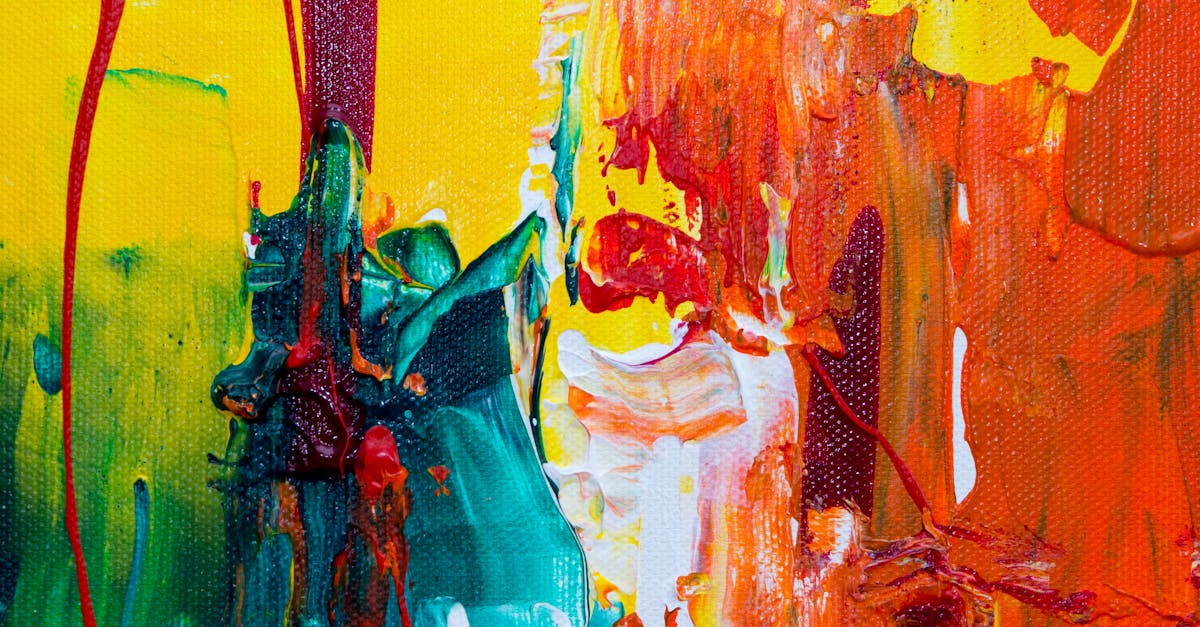
Smoothing Out Air Bubbles
Now that you have successfully applied the wallpaper to your wall, it’s crucial to ensure a smooth and bubble-free finish. Air bubbles can detract from the overall appearance of the wallpaper installation near me, so taking the time to smooth them out is essential. Begin by using a wallpaper smoother or a plastic spatula to gently press down on the wallpaper starting from the center and working your way outwards towards the edges. This technique helps to push out any trapped air and ensures a seamless bond between the wallpaper and the wall surface.
For stubborn air bubbles that refuse to budge, you can carefully pierce them with a small pin and then smooth the wallpaper over the area. Be cautious not to create any tears or visible punctures in the wallpaper during this process. Remember, patience is key when it comes to achieving a professional-looking finish on your wallpaper installation near me. Once all air bubbles have been smoothed out, you can move on to trimming any excess wallpaper for a neat and tidy final result.
Using a wallpaper smoother for a flawless finish
To achieve a professional and flawless finish when hanging wallpaper, using a wallpaper smoother is essential. This tool helps in eliminating air bubbles and creases that can occur during the installation process. By firmly pressing the smoother against the wallpaper, starting from the center and moving outwards, you can create a smooth and even surface.
Wallpaper Installation near me is a popular search query for individuals seeking assistance with their wallpaper projects. When using a wallpaper smoother, ensure that you work methodically across the entire surface, paying special attention to the edges and corners. This technique will result in a seamless finish that enhances the overall appearance of the room.
Trimming Excess Wallpaper
Once the wallpaper is securely adhered to the wall, the next step in the process is to trim the excess wallpaper. This step is crucial to achieve a clean and professional-looking finish. Use a sharp craft knife or wallpaper knife to neatly cut along the edges and corners of the wallpaper. Take your time and ensure that each cut is precise to create a seamless appearance.
Trimming excess wallpaper may require patience and attention to detail, but the end result is worth the effort. If you encounter any stubborn areas or find it challenging to make clean cuts, consider seeking professional help. Searching for “Wallpaper Installation near me” can lead you to experts who can assist in achieving a flawless finish for your wallpaper project.
Neatly cutting along the edges and corners
To neatly cut along the edges and corners of your wallpaper, it is crucial to have sharp scissors or a sharp utility knife to ensure a clean finish. Carefully run the blade along the edge of the wallpaper, applying gentle pressure to avoid tearing or damaging the paper. Take your time when cutting around corners to maintain precision and achieve a professional look. Wallpaper Installation near me can sometimes be a daunting task, but with patience and attention to detail, you can successfully trim the excess wallpaper without any hassle.
Ensure that you have a steady hand when cutting along the edges and corners to prevent any jagged edges or uneven cuts. It is advisable to use a straight edge or a ruler as a guide to help you cut straight lines with ease. Remember, accuracy is key when trimming excess wallpaper as any mistakes can disrupt the overall appearance of the room. By carefully following these steps, you can achieve a seamless finish that will enhance the aesthetic appeal of your space. Wallpaper Installation near me can be a rewarding experience, especially when you take the time to refine the cutting process for a professional-looking result.
Allowing the Wallpaper to Set
Allowing the wallpaper to set is a crucial step in the wallpaper hanging process. After carefully positioning the wallpaper on the wall and ensuring it is perfectly aligned, it is essential to give ample time for the paste to dry. This not only helps the wallpaper adhere securely to the wall but also prevents any shifting or peeling once it is in place. Properly setting the wallpaper ensures a professional finish and longevity of the wallpaper installation near me.
The duration required for the wallpaper to set can vary depending on factors such as the type of wallpaper, the humidity in the room, and the type of adhesive used. It is recommended to follow the manufacturer’s instructions regarding the drying time. Rushing this step can result in air bubbles, wrinkles, or even the wallpaper coming loose over time. Patience is key when allowing the wallpaper to set, as it guarantees a smooth and flawless finish that will enhance the overall look of the room.
Giving ample time for the paste to dry
When it comes to wallpaper installation, ensuring that the paste has enough time to dry is crucial for a successful outcome. After placing the wallpaper on the wall and smoothing out any air bubbles, it’s imperative to exercise patience in allowing the paste to set. Rushing this step can lead to the wallpaper not adhering properly to the wall, resulting in a lacklustre finish. If you’re unsure about the ideal drying time for the specific wallpaper you’ve chosen for your space, it’s recommended to consult the manufacturer’s instructions or seek guidance from a professional Wallpaper Installation near me service provider.
Giving ample time for the paste to dry is essential for the longevity of your wallpaper. Hastily moving to the next step before the paste has fully set can compromise the adhesive quality, causing the wallpaper to peel off prematurely. By patiently waiting for the paste to dry, you’re not only ensuring a secure attachment to the wall but also enhancing the overall durability of the wallpaper. This phase of the installation process is where attention to detail truly pays off, so take the necessary time and care to allow the paste to dry completely before proceeding.
FAQS
Can I hang wallpaper as a beginner?
Yes, hanging wallpaper as a beginner is possible with the right tools and techniques.
How do I smooth out air bubbles when hanging wallpaper?
To smooth out air bubbles, use a wallpaper smoother tool and gently push the bubbles towards the edges.
Do I need to trim excess wallpaper after hanging it?
Yes, it is essential to trim excess wallpaper after hanging it for a clean and professional finish.
How do I neatly cut along the edges and corners of the wallpaper?
Use a sharp utility knife or scissors to neatly cut along the edges and corners of the wallpaper for a precise fit.
Is it important to allow the wallpaper to set after hanging it?
Yes, it is crucial to allow the wallpaper to set and the paste to dry completely for a flawless and long-lasting finish.
